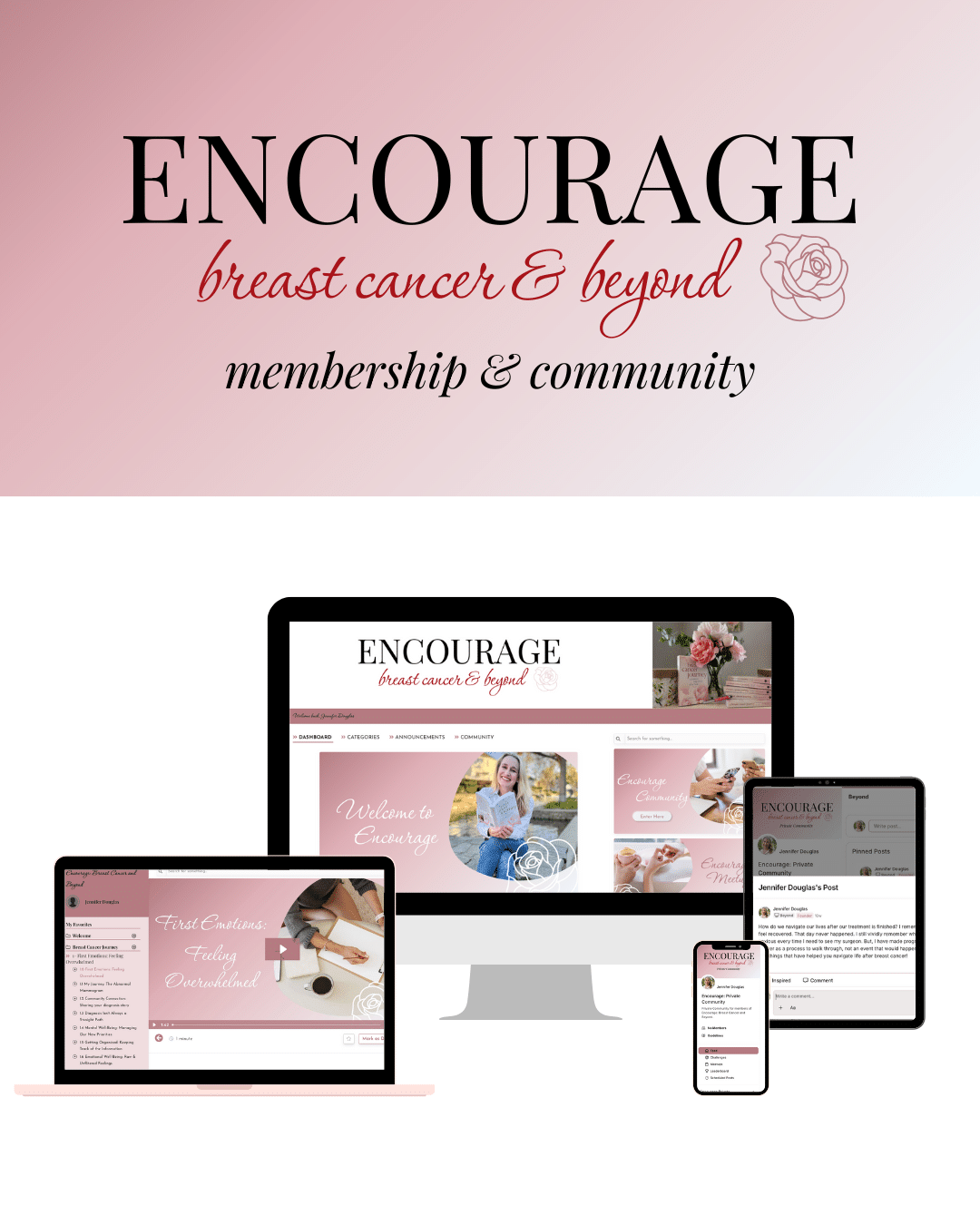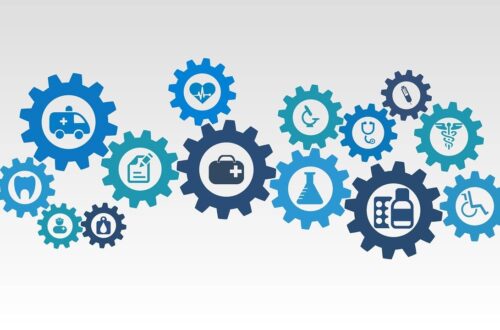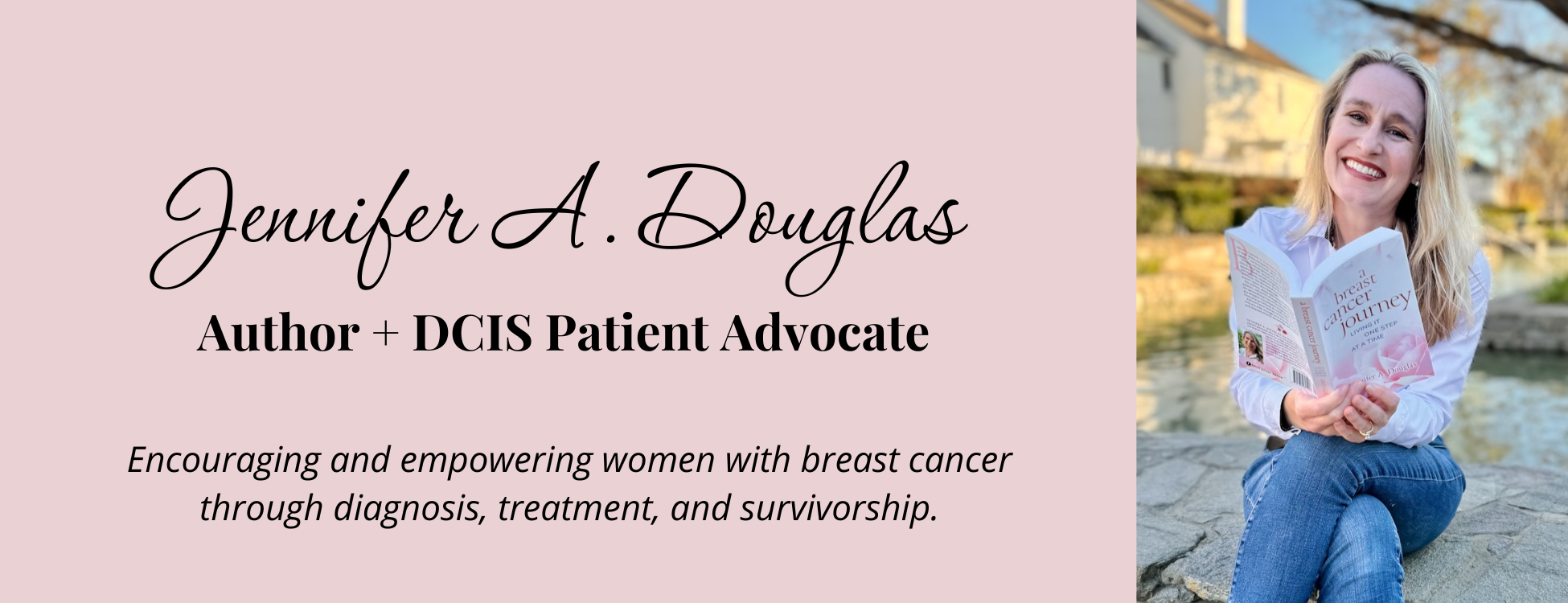
Breast Ultrasounds: Why They’re Ordered & What It’s Like to Get One
A breast ultrasound is one of the most common follow-up imaging tests ordered after a mammogram. I’ve had more breast ultrasounds than I can count; in fact, an ultrasound was the first imaging modality used on me in my 30s to monitor my benign fibroadenomas.
So, imagine my surprise when I realized that I didn’t have a post here on the blog about what it is like to get a breast ultrasound! Time to fix that—with this post.
Whether this is your first ultrasound or one of many, here’s what to know about why it might be ordered—and what to expect.
Why a Breast Ultrasound Might Be Ordered
Breast ultrasounds can be ordered for many different reasons. Here are a few of the most common ones:
- You have a lump in your breast. Breast ultrasounds can be used to determine if the lump is solid, which might be cancerous, or if it is a benign fluid-filled cyst. Ultrasounds can also assist in monitoring the size of any lumps in your breast. Any changes in the size, shape, or surrounding tissue may indicate that further tests are needed.
- You’re experiencing changes in your breast. If you have nipple discharge, breast pain, or skin changes or swelling, a breast ultrasound may help the medical team identify the cause of the changes.
- You’re pregnant or nursing and need breast imaging. A breast ultrasound doesn’t use radiation, so it is a safe way to follow up on any changes in the breast.
- You have dense breasts. Dense breast tissue can mask small findings on a mammogram. Ultrasounds are effective in “seeing through” this tissue.
- A mammogram indicated an abnormality. Often, an ultrasound is ordered to provide the radiologists with more information on a finding from your mammogram. By putting together the images from both a mammogram and an ultrasound, the radiologist will have more information to determine if the finding is benign or needs more follow-up.
- You are young and have a breast lump or problem. Breast ultrasounds are effective at seeing through the dense breast tissue that is common in younger people. I had many breast ultrasounds over the years to monitor my benign fibroadenomas—and because I was under 40, that was usually the only imaging modality they used on me.
- You have breast implants. Ultrasounds, as well as breast MRIs, can identify if there are any problems with your implants.
- You’ve been diagnosed with breast cancer, and your team would like more information on the area. In this case, ultrasounds are often used to guide treatment decisions. If that’s your situation, know that you’re not alone—many of us have been there.
- You need a breast procedure, like a biopsy or localization for surgery.
Most breast ultrasounds target a particular area, unlike a mammogram or a breast MRI, which images the whole breast. However, newer automated breast ultrasounds use a larger wand and produce images of the entire breast. These are particularly useful for people with dense breasts as a secondary screening modality.
Practical Preparation Tips for Your Ultrasound
Even though there’s no major prep required, it’s completely understandable to feel unsure—especially if this is your first ultrasound. These are a few things that have helped me feel more comfortable and prepared going in:
- Bring any outside imaging with you (if you’ve had a mammogram at a different location).
- Don’t use deodorants, lotions, or powders in your breast area before your ultrasound—they can interfere with imaging.
- Bring deodorant with you for after the scan!
- Wear a two-piece outfit (the gowns are not full-length).
- Comfy pants without a belt make lying on the table more comfortable.
- Consider bringing your phone into the room in case you have waiting time between imaging sessions.
- Don’t wear uncomfortable hair clips—you’ll be lying down, and that might be annoying.
It’s normal to feel anxious heading into imaging appointments. I’ve had so many of these done—and I still get nervous. But there’s something calming about wearing soft, comfortable clothing to the appointment. It’s almost like giving myself a hug.

Looking For More Support?
Join Encourage: Breast Cancer and Beyond today for access to video modules from my book! New sections are rolling out throughout 2025– and the imaging one is next to drop!
You’ll also get to join me on live support calls and access a private community just for members.
Breast Ultrasound Procedure
If I had to pick a favorite imaging modality, it would definitely be the ultrasound. They are comfortable, I get to lie down, and the room is dimmed. If I weren’t getting breast imaging done, it would feel a lot like a spa session.
After you are called back from the waiting room, you’ll be offered a place to change into the imaging wrap. This might be a locker area or inside the ultrasound room. I usually like to bring my phone with me so that I have something to do while I’m waiting.
The ultrasound room is dimly lit and has a bed for you to lie on during the imaging. This makes for a very comfortable patient experience.
While the setting is peaceful, the process itself is still medical—and knowing what to expect can ease some of the uncertainty.
The imaging tech will use a wand (called a transducer) and a clear gel (which is hopefully nice and warm!) to move over the breast and take images of the areas in question. The wand emits sound waves, but we can’t hear them.
The tech will ask you to uncover the area to be imaged and may also have you raise one arm above your head. She might ask you to tilt to one side or another for optimal positioning. If you have previous imaging, she may refer to it to ensure she’s scanning the correct area.
She’ll likely take several images, moving the wand into different positions or adjusting the frequency to get the clearest view. She may also press the wand into your breast tissue during the scan. That hasn’t typically been painful for me, but make sure to let her know if you feel any discomfort.
The tech may leave the room briefly to consult with the radiologist—this has happened during many of my ultrasounds. Then she’ll return, possibly take a few more images, or let you know that the scan is finished. At that point, it’s time to wipe off the gel and cover back up.
During my ultrasounds, I’m usually pretty anxious. The dim room and comfortable bed help a little—but I often find myself closing my eyes and visualizing being somewhere else. If you find the nerves creeping in, try using any mindful or calming technique that helps you feel more centered—it can make a difference.
Breast Ultrasound Results
Depending on how your imaging center handles it, you’ll either speak directly with the radiologist after the ultrasound to discuss the results and any further care needed—or you’ll receive a call or message once your results are ready.
I like to ask the radiologist what the BI-RADS score is for any findings that were imaged. I also make sure the report and images are sent to my surgeon. That’s one small way I advocate for myself during these appointments.
If a biopsy is needed after the ultrasound, the radiologist will usually discuss that with you during the appointment or include the recommendation in the report that gets sent to your referring doctor.
I hope this post helps take some of the mystery out of what to expect during a breast ultrasound. Whether you’re heading into your first one or your fifth, a little preparation, patience, and self-compassion can go a long way.
Jennifer Douglas
Jennifer Douglas is an author, patient advocate, and DCIS breast cancer survivor. After navigating her own breast cancer journey in 2019, she began writing and encouraging others who were newly diagnosed. Her resources include her book, "A Breast Cancer Journey: Living It One Step at a Time," and her online support course, "Encourage: Breast Cancer and Beyond." Jennifer also actively supports patients through her online presence and direct involvement in communities and support groups, offering guidance and encouragement every step of the way.


You May Also Like

Delays during Cancer Treatment- A Framework to Move Forward
May 7, 2021
Surgery Choices: Why I Decided to Have a Lumpectomy
December 1, 2020
